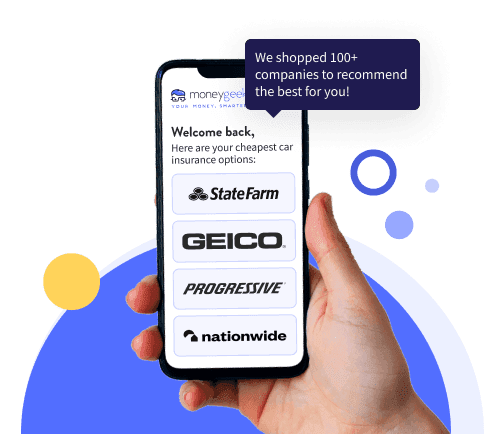Every state, except New Hampshire, requires minimum liability insurance, which may include bodily injury liability insurance, property damage liability insurance, uninsured/underinsured motorist insurance for bodily injury, uninsured/underinsured motorist insurance for property damage and personal injury protection or medical payments coverage. This is to make sure that drivers can meet their financial responsibility obligations after causing accidents.
State minimum car insurance represents the legally required coverage amounts drivers must maintain to register and operate a vehicle in their state. While state minimums meet legal requirements, they provide limited financial protection. Many insurance experts recommend purchasing coverage beyond these minimums to protect your assets better and avoid out-of-pocket expenses after an accident.











